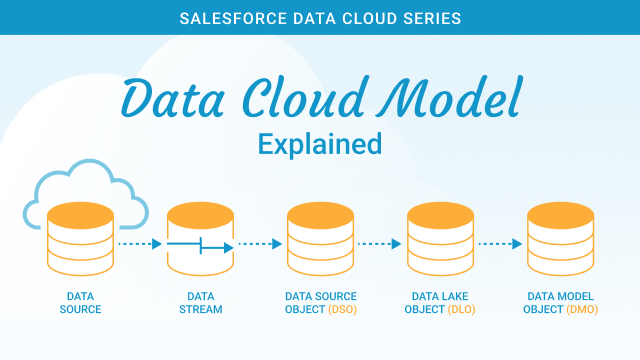Three questions to ask yourself to ensure a growth hack is worth the investment
For more on growth hacking, be sure to check out our preceding post, Growth Hacking: the Good, the Bad, and the Potential Security Risks.
Growth hacking promises a cheat code for scaling, but once the code expires, your company still sucks at the game. If you’re a startup, the promise of quick wins and immediate results seems amazing. SaaS startups, in particular, are under a lot of pressure and they find shortcuts very appealing. Having worked at multiple SaaS startups I can vouch for this, but ultimately, shortcuts don’t pay off in the long run.
That being said, there are a number of growth hacking teams all over the world doing incredible work testing scalable marketing tactics. Industry experts like Sean Ellis have a depth of experience and knowledge most growth hackers don’t. Unfortunately, for every legitimate growth hacker, there are three people masquerading as experts.
A scalable marketing strategy is centered around monthly, quarterly and annual goals and a rough outline of how to achieve them. If the tactic you’re planning doesn’t play into a larger scale scenario, consider whether it’s worthwhile.
Every Marketing Goal Should Support a Sales Goal
Even if you’re a very early-stage startup, you should have Sales goals. Sales goals for an early-stage company might look like:
- We want to get five people testing our MVP next quarter.
- We want one paying customer in the next six months.
Depending on the stage of your company, goals don’t have to boil down to the dollars and cents. However, the absence of Sales goals entirely means your marketing goals aren’t tied to revenue. Every Sales goal needs to be supported by marketing tactics.
Avoid excuses like you don’t know what your sales will be this year or haven’t nailed down your pricing. Instead, sit down and answer tough questions. Plans will change, and you’ll have to pivot, but this is no reason to avoid essential planning.
Growth Hacking Checklist
All growth hacks should be validated. Use these three questions to validate whether a growth hack is worth the investment:
How do we know it’s not simply feeding a vanity metric?
Stay away from micro-metrics. A hundred new or 100% increase in Twitter followers, a 400% increase in free trial signups, a 200% increase in website traffic — all are metrics with no immediate connection to revenue. Macro-metrics, on the other hand, tie back to lead or revenue generation.
Also, focus on having counter metrics for every campaign. If free trial signups is your metric, then your counter metric could be what is your churn rate? Churn, in this example would be, what percentage of free trials don’t convert to paid customers? In the absence of that counter metric, you’re going to optimize very quickly against something that isn’t helping your bottom line. (Intercom has a great post on this, read more here).
In this example, without a counter metric, you are incentivized to get the cheapest trials, regardless of whether those trials become paid customers or not. This translates into spending ad money on people who are unlikely to become paying customers (for more on this topic, check out How to Manage Advertising from end to end of the Customer Lifecycle).
If we do this, what is the lost opportunity cost of doing this and not something else?
Often, people forget to factor in employee time when they calculate the overall cost of a growth hacking tactic. This question forces founders to prioritize. If you decide the tactic you’ve chosen will take 10 hours, consider what else you could achieve in ten hours. What would be the comparative value if you phoned potential clients for 10 hours? It’s likely more worthwhile than a bunch of web views or Twitter followers.
How much time will it take to unwind this effort if it fails?
Time spent to unwind your efforts should be considered in your estimate of how much overall effort the tactic will involve. Always ask: if we try this and it doesn’t work, how much time will it take me to go mop up the damage?
For example, running a campaign for new followers on a trendy social platform. What happens at the end of the campaign, when you have 200 users on this new social media platform that may not take off. Do you have to babysit the platform for the next two years or kill it off? If someone is too lazy to create the plan to unwind the tactic that they want to try, that should be indicative of its value.
Wrap Up
Want true growth at your startup? A CRM is the foundation for any SaaS Sales and Marketing strategy. Checkout the Salesforce for Startups program to help get you started.



